If you were to visit Masarang Mountain in North Sulawesi in the early 2000s, and then visit it again today, the first thing you’d notice would be its near-miraculous transformation between then and now. On these once barren, dry, deforested slopes, lush rainforests and rejuvenated freshwater springs now teem with wildlife, including critically endangered species like the crested black macaque. At the base of the mountain, human communities once frequently inundated by landslides are flourishing too, with higher incomes and better housing than ever before, now protected from landslides by the soil-binding properties of tree roots.
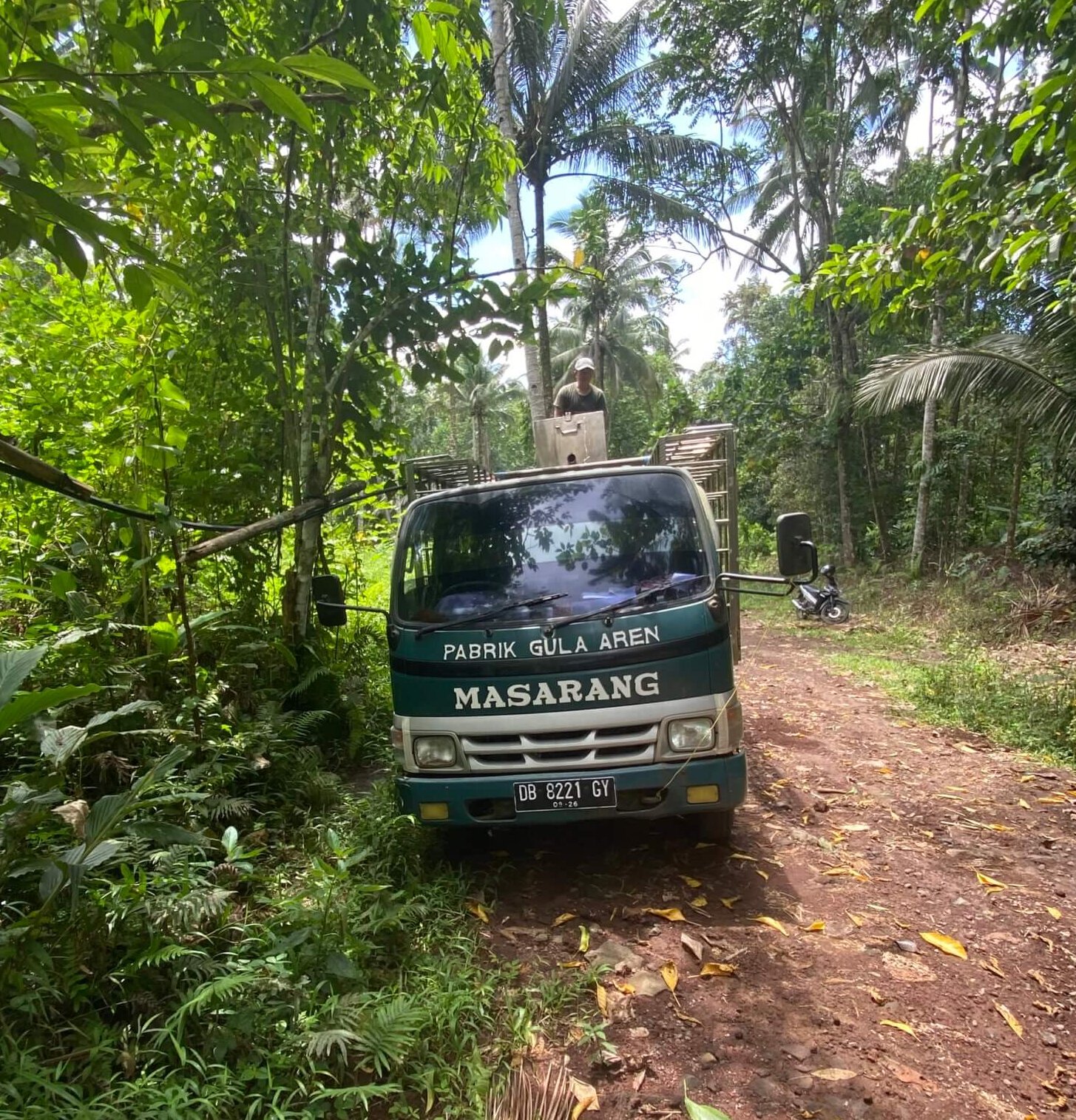
After transforming Masarang Mountain, the Masarang Foundation has become a model for restoration and is now attracting global partnerships. Seneca Impact Advisors is working with the Ministry of the Environment, Government of Japan (MOEJ), to scale this approach for wider impact. Instead of providing a grant, this initiative is structured as a contracted project with the MOEJ. Under this arrangement, Seneca delivers technical assistance and advisory support to strengthen and scale nature-based solutions like Masarang’s initiative. This reflects the MOEJ’s goal of driving private sector involvement and catalysing investment in sustainable climate adaptation.
This builds on two decades of restoration led by the Masarang Foundation, a conservation NGO named after Masarang Mountain, which restored the mountain’s barren slopes into thriving rainforest. The foundation works in tandem with its commercial arm, PT. Gunung Hijau Masarang, (both collectively referred to as Masarang for this article) to scale its agroforestry approach, creating both environmental and economic impact. Since its founding in 2001, Masarang has worked to restore rainforests in ways that maximize benefits to nature while also bringing economic prosperity to local communities. Starting with Masarang Mountain, the foundation has gone on to repeat its success in formerly deforested locations across Indonesia, from West Kalimantan to Sumatra.
But while Masarang relies to some extent on donor capital, the real secret behind its many successes comes from a surprising, potentially much more bankable source: a sugar made from the sap of the humble Arenga sugar palm.
The Money Tree
Despite its unassuming appearance, the Arenga sugar palm has a wide range of biological and economic attributes that have made it central to Masarang’s reforestation efforts.
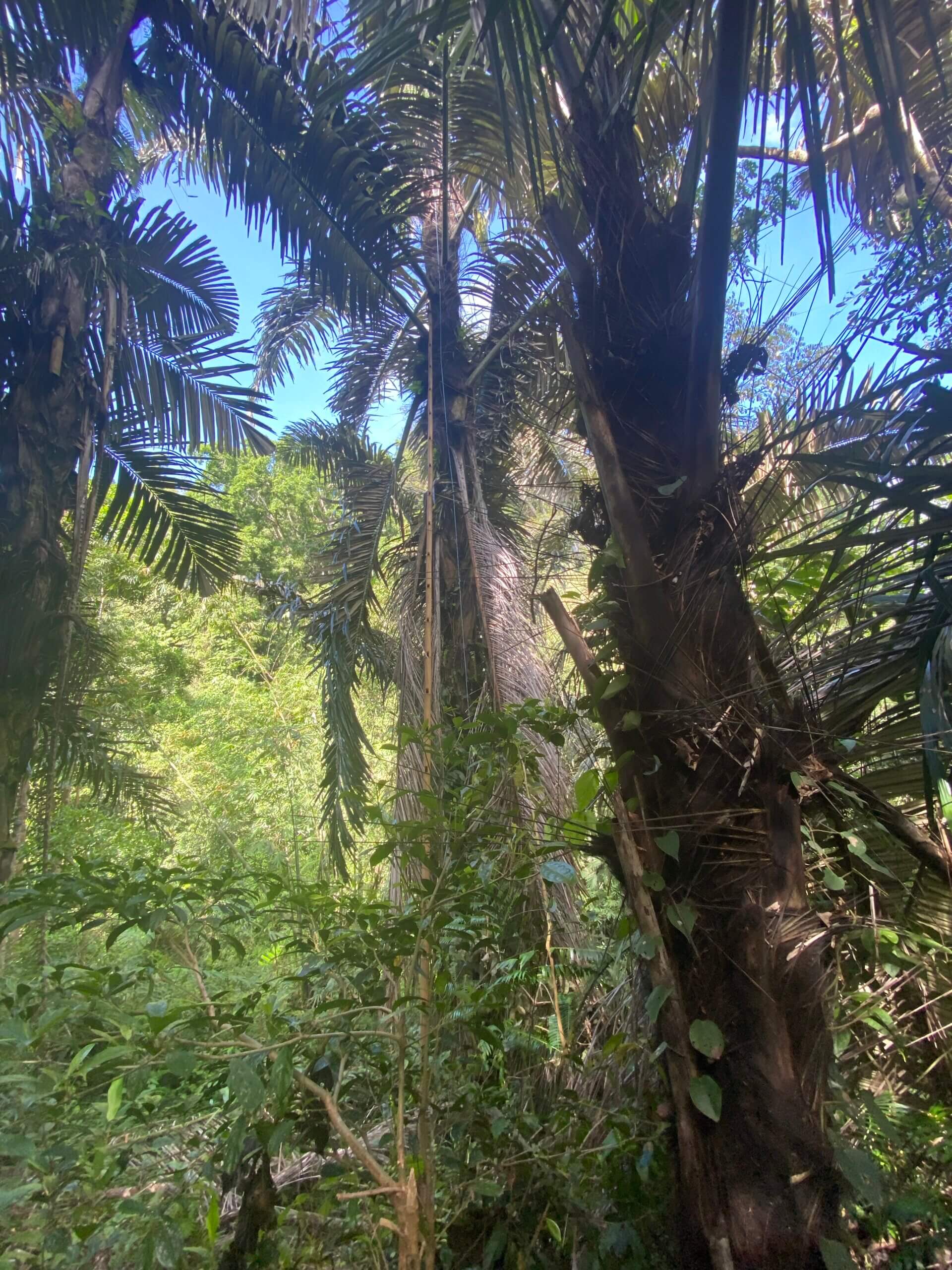
Chief among these is its ability to grow on deforested land. Crucially though, it will only grow well if planted alongside a wide variety of other plant species. Thus, planting a biodiverse forest is a requisite for successful sugar palm agroforestry.
The Arenga palm is also a highly versatile economic resource, with at least 10 different products being derived from it. Its timber is 5 times stronger than oak and extremely durable, being known to last for 50 years or longer. Additionally, it produces a great number of edible products including starch, palm hearts and of course, sugar derived from its sap. Combined with its reliance on biodiverse forests for successful growth, this creates an economic incentive to grow and maintain rainforests in order to produce more Arenga palms, as well as other agroforestry products that can be grown alongside them.
“With Arenga, once they start producing, they can yield all year long for 5–7 years (a conservative estimate, while more optimistic views suggest the potential to produce for up to 10 years). In addition, you can plant herbs, spices, and legumes nearby,” says Mr. Aulia Reinozha, Managing Director of PT. Gunung Hijau Masarang. “This means that in one forest, you can have multiple products being produced.”
Moreover, Arenga palms are extremely climate resilient. They can survive long term submersion underwater and even grow near brackish areas, making them good for areas facing flooding and sea level rise. Their roots can penetrate up to 8 metres underground, allowing them to tap into underground water sources and survive droughts, while also increasing the water infiltration and retention of soil and reducing fire risk for the areas around them. Therefore, Arenga palms and their attendant economic benefits are well suited to withstand climate disasters and protect their wider ecosystems from them too.
Doing Business, the Sweet Way
Last year, in 2024, the Seneca team had the opportunity to witness the entire process firsthand — from tapping the sap in the forest to processing it into sugar using residual geothermal heat at Masarang’s facility.
To incentivise the planting of more Arenga palms (and therefore more rainforest), Masarang has developed its own commercial agroforestry initiative centred around Arenga palm sugar.
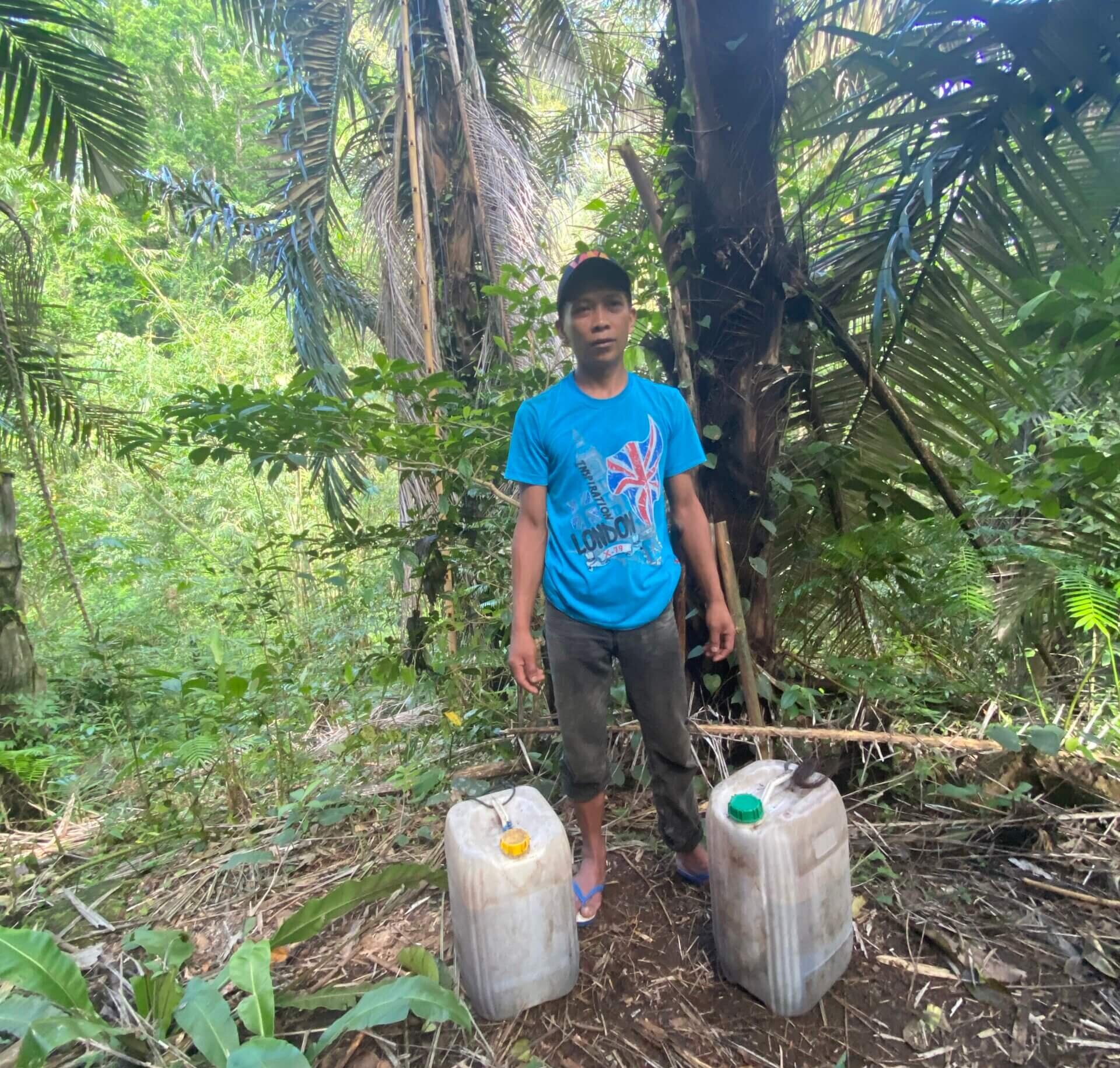
Under Masarang’s business model, local sugar tappers are incentivized to extract and supply sap from Arenga palms while safeguarding the forests within their agroforestry plots from poachers and illegal logging. Their incentives are strengthened by the fact that Arenga palms regenerate naturally and produce sap over a long lifecycle, allowing farmers to earn regular, predictable income without depleting the resource base. Masarang further supports these communities by providing key infrastructure such as rocket stoves, piping systems, and improved processing equipment. These technologies reduce labor burdens, improve sap quality, and decrease reliance on firewood, all of which help strengthen household resilience and maintain community commitment to sustainable forest stewardship. The sap is then transformed into a fine sugar powder in a purpose-built facility that harnesses residual heat from a nearby geothermal energy plant, eliminating the need for firewood and setting the stage for Masarang’s innovative energy partnership.
A defining feature of Masarang’s production process is its pioneering use of geothermal energy through a partnership with Pertamina Geothermal Energy (PGE), a subsidiary of Indonesia’s state-owned power company, Pertamina. Instead of relying on traditional methods that burn timber, where up to 10 kilograms of firewood are needed to produce just 1 kilogram of sugar, the Masarang factory uses residual steam from the neighboring geothermal plant, which is owned and operated by PGE, to heat and process Arenga palm sap. This innovation dramatically reduces carbon emissions, eliminates deforestation linked to fuelwood collection, and positions Masarang as Indonesia’s first direct-use geothermal application for industrial processing.
This partnership provides renewable geothermal heat for sugar processing, cutting emissions and avoiding deforestation linked to firewood use. Beyond clean energy, Masarang integrates other sustainability measures into its operations. Biomass by-products from sugar processing are converted into biochar for soil enrichment, reinforcing a circular, zero-waste approach alongside the geothermal system. Together, these innovations support Indonesia’s climate targets and advance multiple UN Sustainable Development Goals, including Climate Action, Life on Land, and Decent Work.
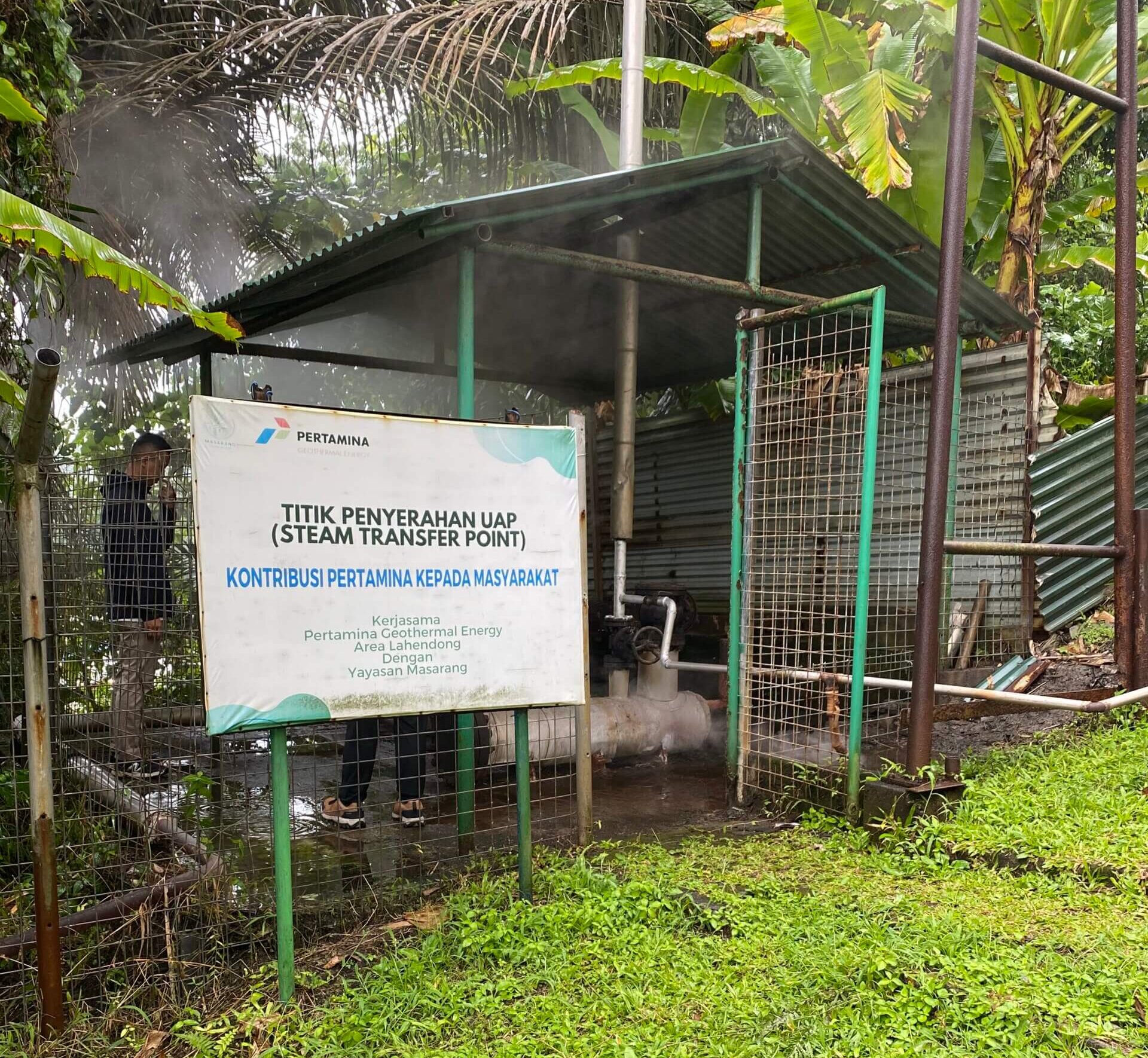
When operating at maximum efficiency with an optimal supply of sap, Masarang can produce a minimum of 500 kilograms of palm sugar per day, and as much as 13-15 tonnes per month. This is currently the primary export of its agroforestry initiative, although its factory is also fit to produce essential plant oils and wood products but has yet to be utilised for that.
“For the time being, we need to have a really strong foothold, and the lowest hanging fruit that we have is the sugar processing facilities and the Arenga palms, which are already bearing yields,” says Mr. Reinozha. “So, I think we need to focus on that and build our strength upon that to be able to grow.”
Masarang’s initiative operates at a relatively low level of cost, with its main expense being payments to sugar tappers. As discussed in previous articles on agroforestry, the free ecosystem services that this system affords reduce the need to pay for certain maintenances like fertilising and pest control. For instance, fallen leaves increase soil nutrient levels when they decompose, while higher bird populations keep insect pests in check. Using residual steam from geothermal energy production to heat the sap, rather than relying on fossil fuels or firewood, significantly lowers energy costs while preventing carbon emissions and deforestation
As well as its environmental benefits, which include the planting of over 35 million trees and the partial funding of other conservation projects with excess sugar profits, Masarang’s initiative has hugely benefited local communities too. Those with Masarang contracts earn, on average, 25% more than the regional minimum wage of North Sulawesi, enabling them to afford better housing and education for their children. Meanwhile, the improved hydrology of restored Arenga palm forests has increased freshwater availability for rice fields, allowing farmers to boost annual rice harvests from two per year to three.
Bitterness in Sugar
Until recently, Masarang’s main customer for its Arenga palm sugar was the Dutch organic products organization Amigos International, which distributed it to wholesale shops in Europe. During the COVID-19 pandemic, import prices surged four to fivefold, forcing Amigos to halt purchases.

“Because they were our main client, when they decided not to purchase more because of the high logistic cost, it basically killed us,” recalls Mr. Reinozha.
The loss of Amigos as a customer severely impacted Masarang’s ability to produce sugar. Without reliable income, the company had to rely heavily on reserve capital for expenses and could no longer pay sugar tappers as much or as regularly. This meant they could not purchase enough sap to produce sugar at profitable quantities—often struggling to meet even the 500 kilos per day minimum—which in turn drove up production costs.
“We had to be more conservative, but at the same time if we produced more conservatively, we could not operate at a profitable level. That was the catch-22 we faced,” Mr. Reinozha explains.
Further complicating supply in Sulawesi is the popularity of Cap Tikus, a local alcoholic drink made from Arenga palm sap. A lucrative, if legally dubious, moonshining industry tempts some tappers to divert sap to Cap Tikus producers, as Masarang contracts are not legally binding. Although Cap Tikus pays less than Masarang, its production is less labor-intensive, making it attractive when Masarang cannot offer competitive wages. If tapper incomes do not rise soon, this fragile supply chain could become even more unstable.
Scale up the Sweetness
For Masarang to scale its reforestation efforts, sugar production and revenues need to grow beyond pre-pandemic levels. Achieving this will require additional working capital. Seneca is exploring ways to support this growth by connecting Masarang with aligned partners and impact-focused funding opportunities.
In the short term, the company is actively seeking new customers to boost sales. Europe represents a particularly promising market, as Arenga palm sugar remains relatively unknown there, giving Masarang a first-mover advantage. Encouragingly, 2023 brought inquiries from Europe and the USA, with import approvals granted for the former and FDA approval pending for the latter. Masarang also made its first major post-pandemic sugar export in September 2023 to Bulgaria, followed by a second shipment to Malaysia. Earlier this year, in early 2025, a deal was finalized to export to the UK.
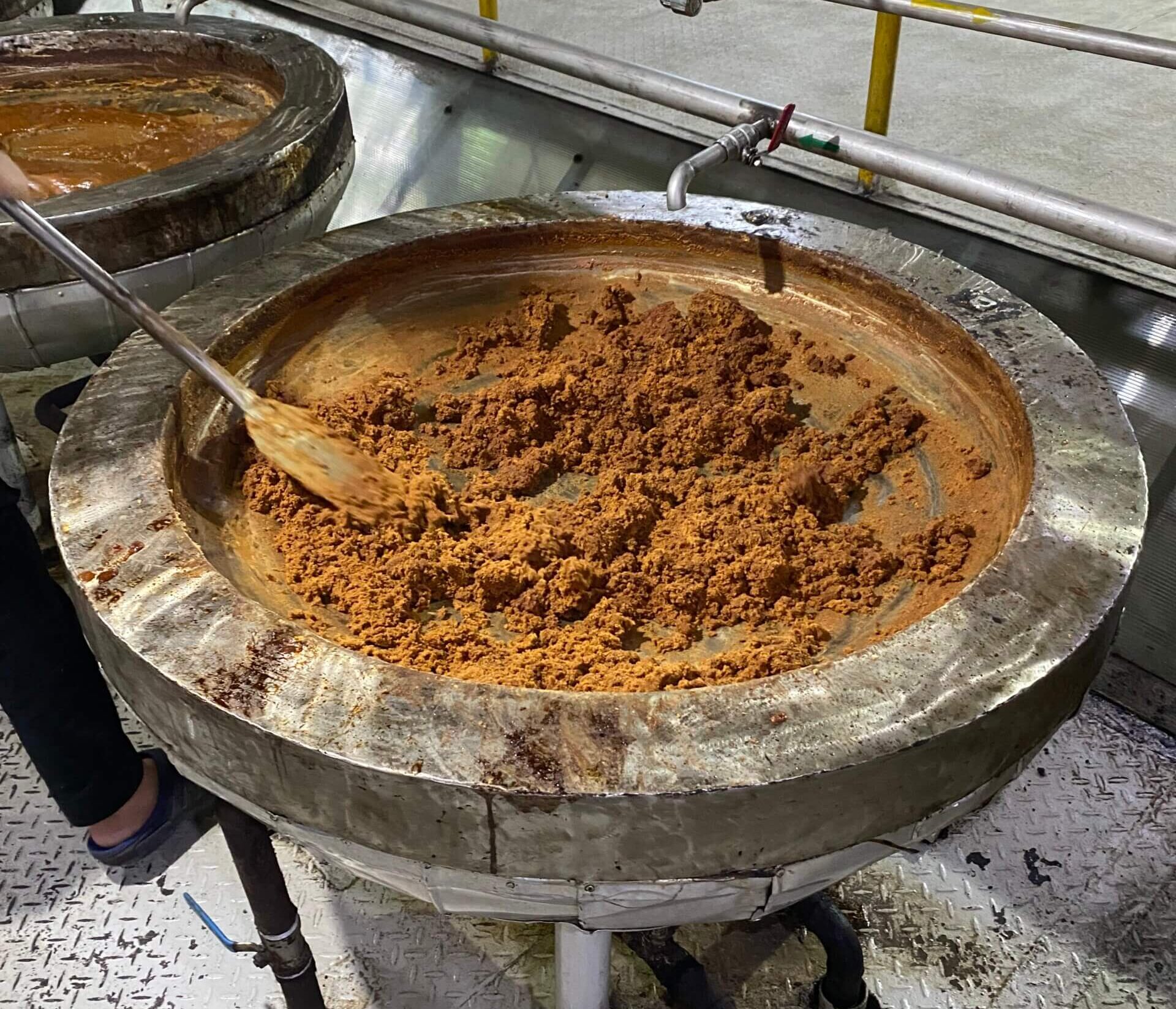
Longer term, Masarang needs to evolve into a more commercially viable enterprise. Its strong track record in rainforest restoration makes it an excellent candidate for impact grant funding, but success will depend on building a robust business model. This partnership with the MOEJ is designed not only to provide technical assistance but to help create a scalable model for climate adaptation through nature-based solutions, in line with the MOEJ’s vision for private sector-driven sustainability. Building on this partnership, the MOEJ and Seneca are driving efforts to scale Masarang’s model by conducting feasibility studies, refining its business plan, and identifying revenue channels to ensure both impact and profitability. These insights will inform a compelling grant proposal and, later, investment strategies. Beyond funding, the MOEJ and Seneca are providing strategic support to help Masarang optimize operations and scale efficiently. Seneca is also developing an incubation facility to finance similar projects across Asia through blended mechanisms such as concessional funding, loans, equity, and impact-linked investments, enabling scalable, bankable nature-based solutions.
Given what Masarang has achieved without incubation, a scaled-up model could be transformative in combating deforestation in Indonesia. Mr. Reinozha and his team are already exploring new regions to replicate their nature-positive, emissions-free agroforestry approach.
This vision reflects Masarang’s ambition to replicate its success in new regions and integrate renewable energy into agroforestry systems.
“The main thing moving forward, if we are able to take off, is to take the design of Masarang’s reforestation recipe and make it more area-specific,” says Mr. Reinozha. “I know that in West Java they also have geothermal spots and the culture of Arenga trees, so what I want to do is marry agroforestry and renewable energy together.”
With support from the Ministry of the Environment, Japan (MOEJ), and Seneca Impact Advisors, Masarang is positioned to scale this model across Indonesia and beyond, creating a blueprint for climate-positive agroforestry integrated with renewable energy — a model with the potential to transform sustainable land use globally.
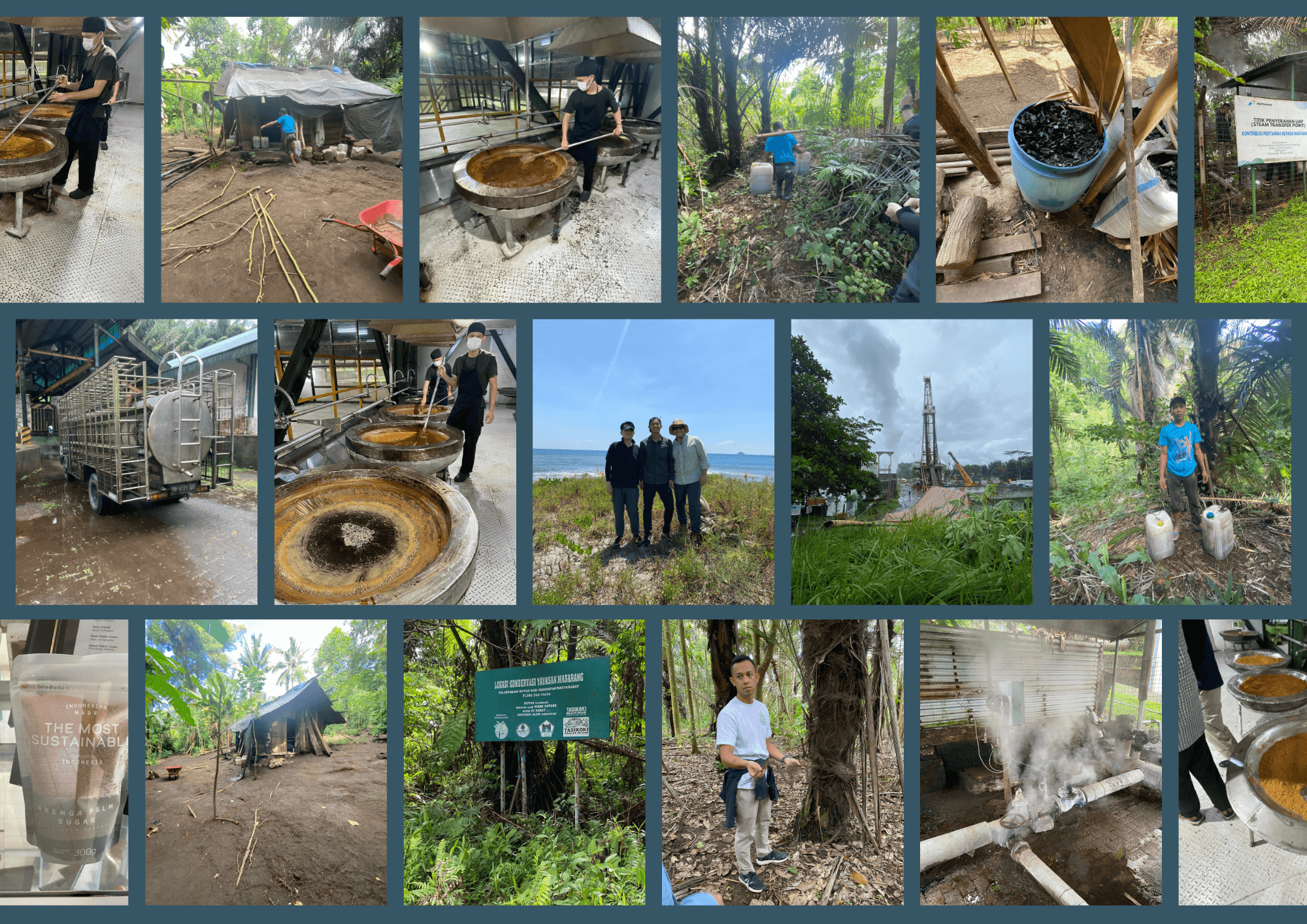
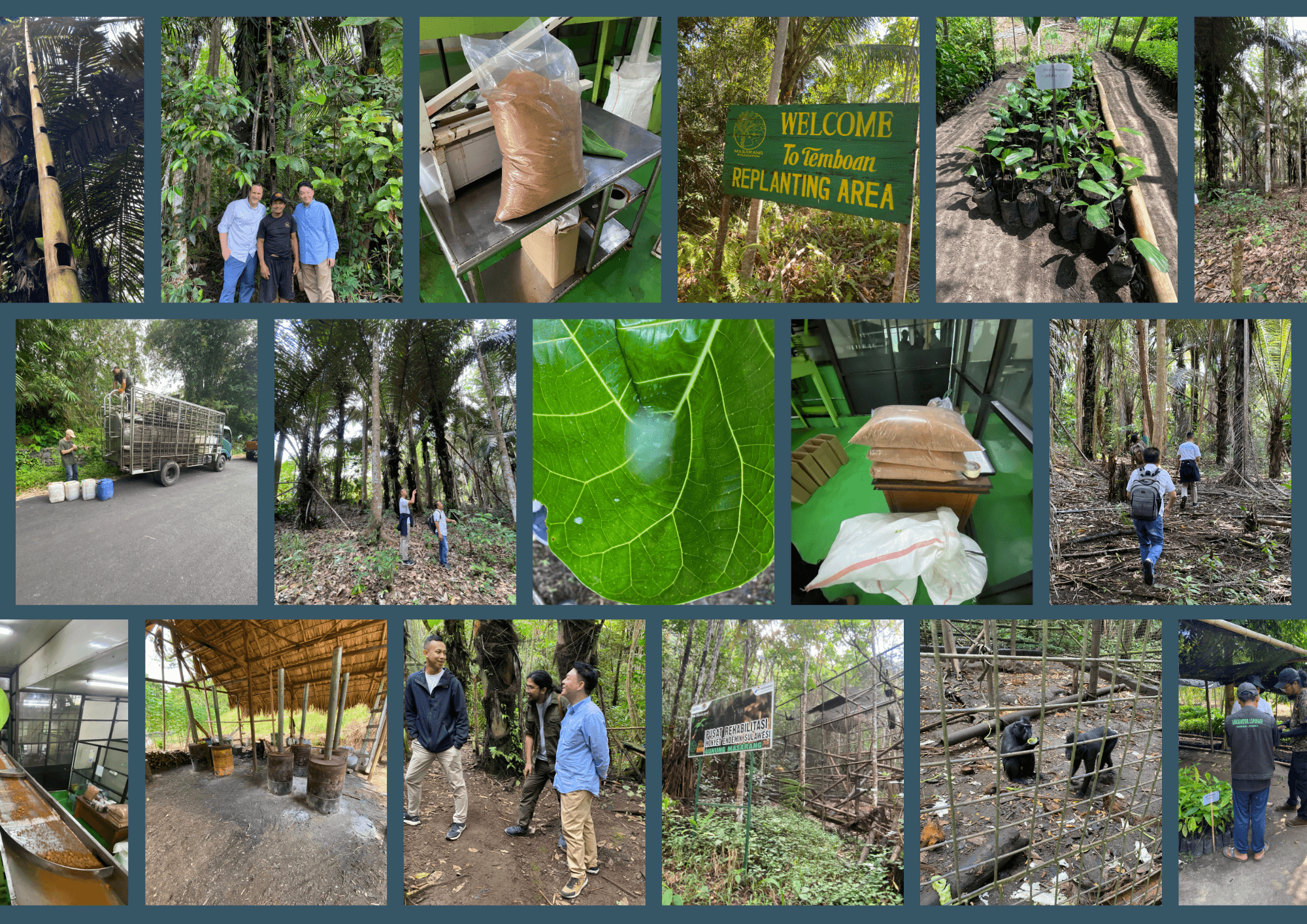
Author: Seneca Impact Advisors
For more information, please contact impact@senecaimpact.earth


